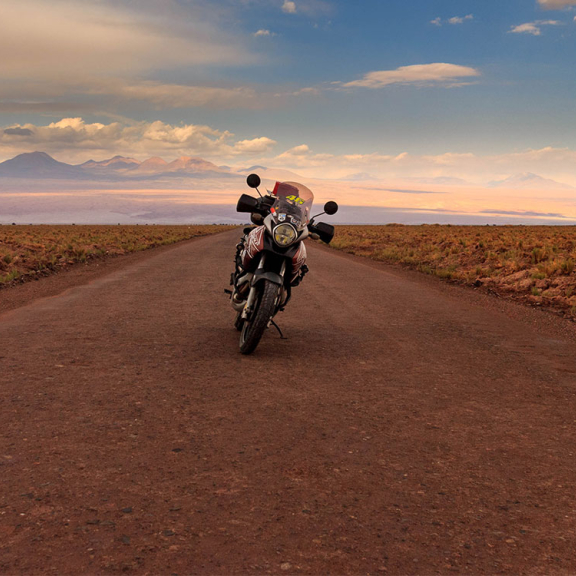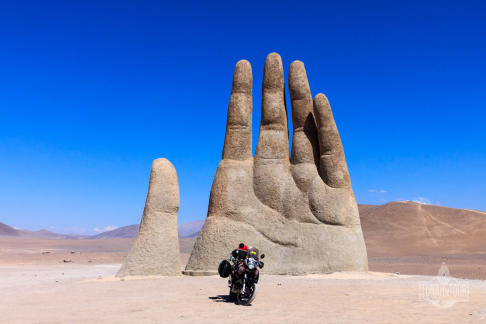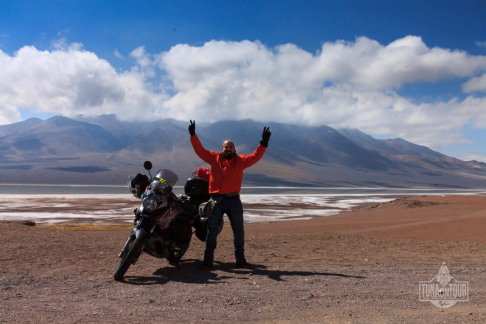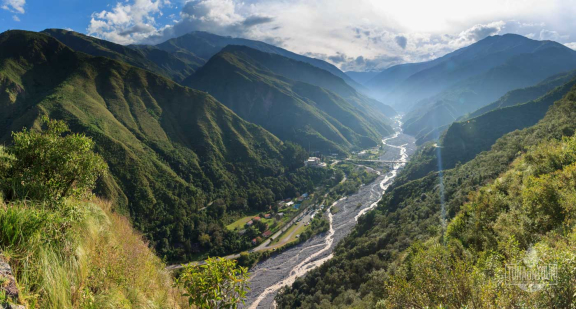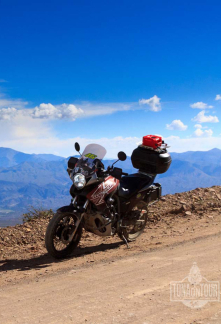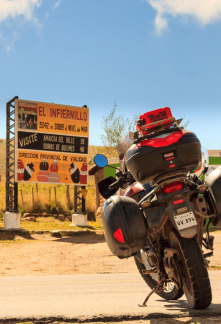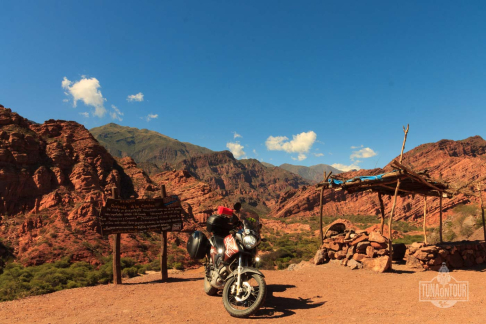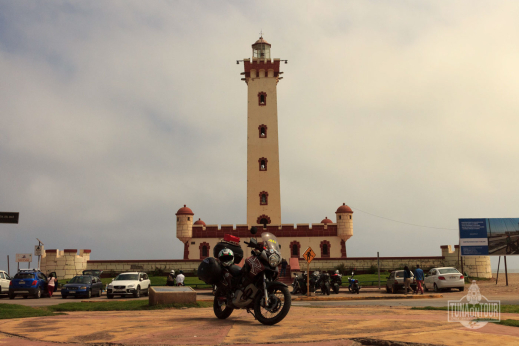Tunaontour 2018 – North of Chile, Argentina and Moto Gp
Motorbike Trip in Chile and Argentina
On the first day of my trip, I started in San José de Maipo, then I travelled 30 km west to the Andes Mountains of Santiago de Chile, went through the capital, and then, finished in the coastal town of Bahía Inglesa, in the Atacama region.
After resting one night, I followed my route to Antofagasta, a city on the Chilean coast, famous for the natural monument “La Portada”.
The next day, the route took me to the town of San Pedro de Atacama, one of the largest tourist attractions in the Atacama Desert. It is the most arid place in the world, which ironically welcomed me with a short rain. I took the rest of the day to explore some small towns and natural wonders, like El Valle de la Luna, the” Valley of the Moon”.
The next morning, I headed east, towards the international Jama Pass, the highest mountain pass between Chile, Argentina and Bolivia, reaching 4,800 meters above sea level. The rain of the previous day had brought snow to the Cordillera, freezing the salt flats on the road. A wonderful route.
Having already passed through immigration and customs, I continued to the small town of Susques, where the GPS informed me that the first petrol station was in Argentine territory. Just my luck, it was closed, and didn’t seem like it would be opening any time soon. This did not discourage me from visiting the small mud church in the town, which was being decorated for the Holy Week celebration.
Confident that the petrol I had left would get me the rest of the way, I went into Argentina to the city of San Salvador de Jujuy, passing through the second largest salt flats in Latin America, “Salinas Grandes”. Unfortunately, there was a lot of rain in the area and I could not stop to take any photos of that amazing place. Next, the map showed me one of the highest and most famous slopes of Jujuy, the “Cuesta de Lipán”, at 4,170 meters. The height, coupled with the cold and rain, brought me nothing but … snow.
I could not miss the opportunity to make a video and take some photos of this show. So I parked and recorded some memories, but I when returned to the route something bad happened: I cut the clutch cable at 4,170 meters and snowing.
Between waiting for the motorcycle to cool down, and installing the replacement cable (from an emergency kit) with my cold, wet hands, it was more than an hour before I was able to get back on the road.
Night had already arrived, the rain continued and I could do nothing else but gather my strength and continue driving until I reached my destination. It was late, and I was tired and wet, but I arrived.
San Salvador is a very beautiful city. I stayed in a hostel a few kilometres away, in “Parque de Reyes”. There are very beautiful paths in the mountains that pass through the Jujuy Forest and take you to some lagoons, and also to a thermal hotel taken from a film.
As I had only days left before the race, I took a northern course, towards the town of Humahuaca. The change between the Jujuy jungle and the desert was drastic. In a few kilometres, the vegetation disappeared and the red and multi-coloured hills appeared. The most famous places in the area are the hills of Purmamarca, Pucará de Tilcara, and Hornocal, where the Cerro de Catorce Colores, the Hill of 14 Colours, is located. To get there, you have to climb to a panoramic viewpoint that is 4,300 meters high. At that point, manoeuvring a motorcycle can be a challenge.
After being amazed by Jujuy, I took the road to Salta, the. capital city of the province of the same name. I choose to use the old route, called the “panoramic route”, a narrow path through the jungle, with many curves, crossing several mountains. It was very entertaining with the motorcycle.
Salta is a beautiful city, with colonial buildings and a lot of history. It has a cable car that goes from the city to the top of a hill, where the view is phenomenal.
In Salta, I took a break, one day without getting on the motorcycle. I needed it.

